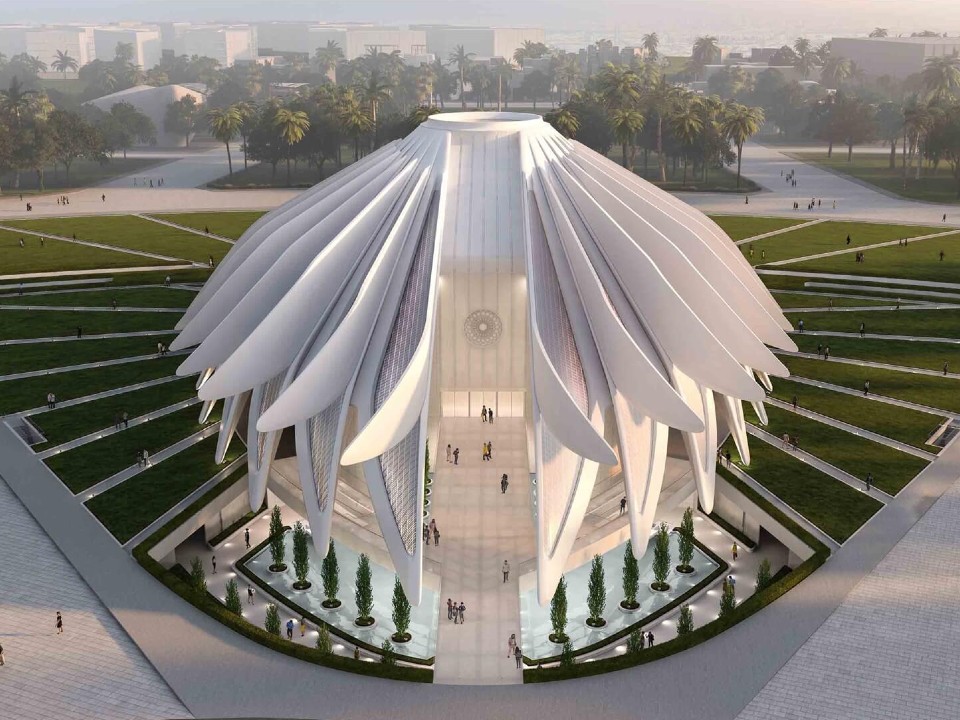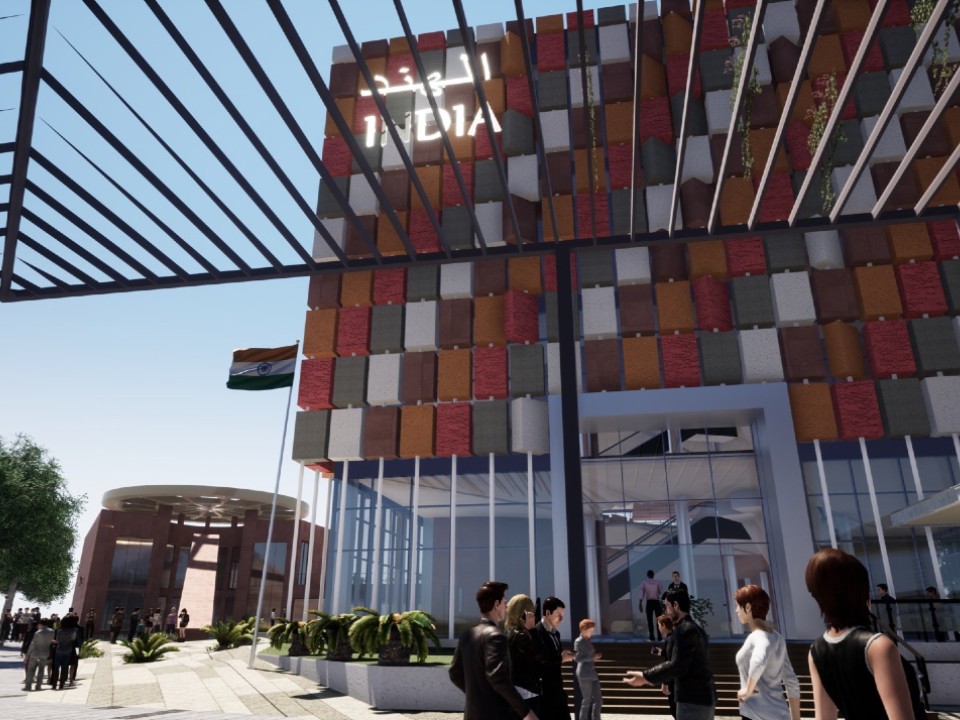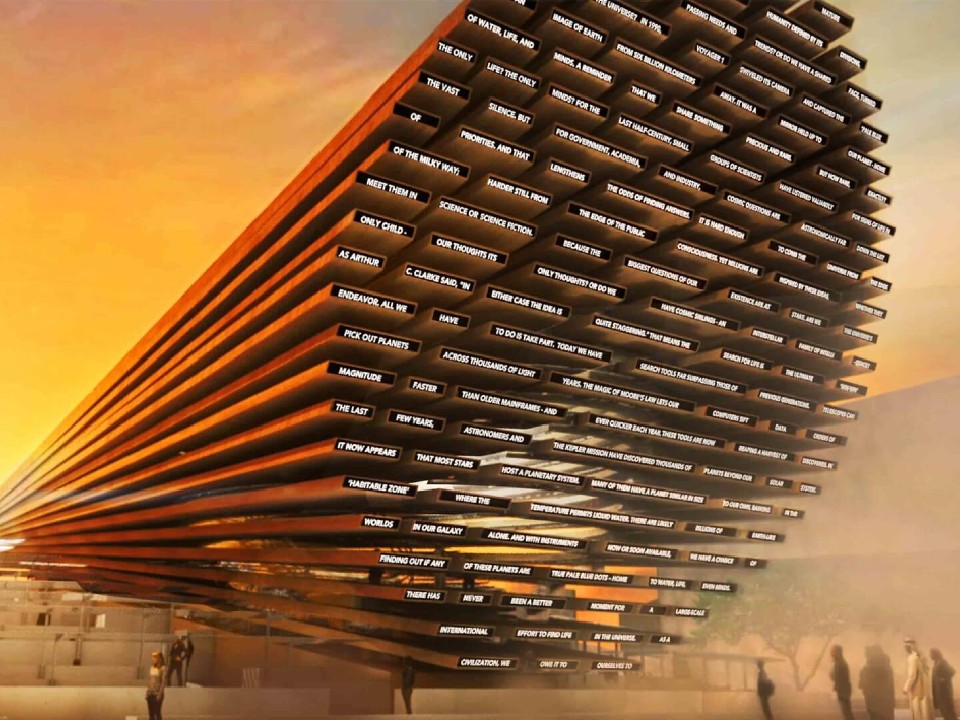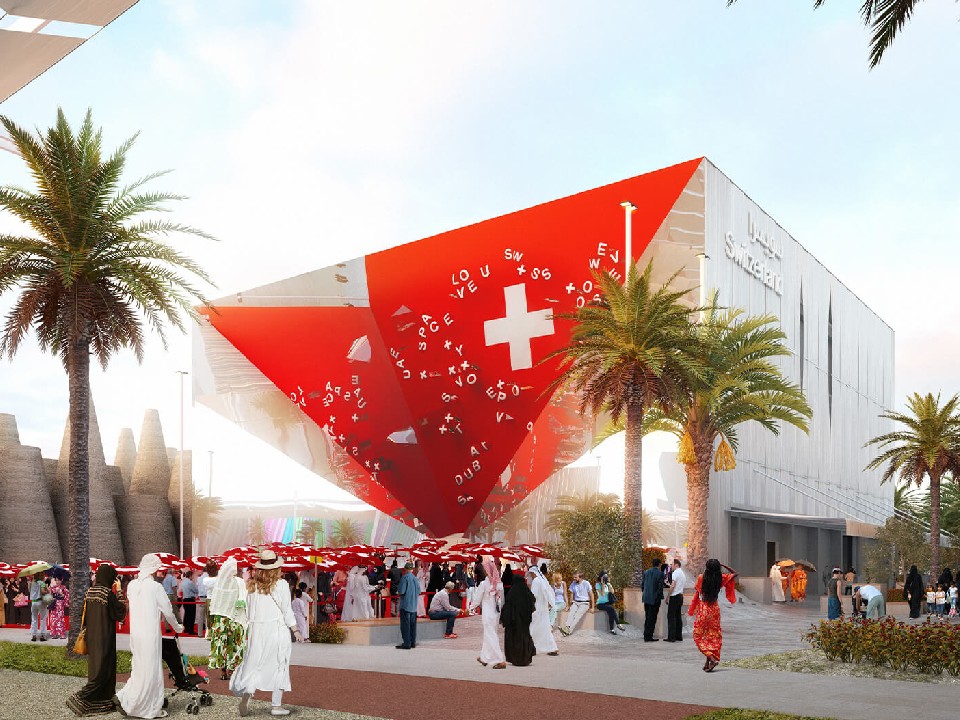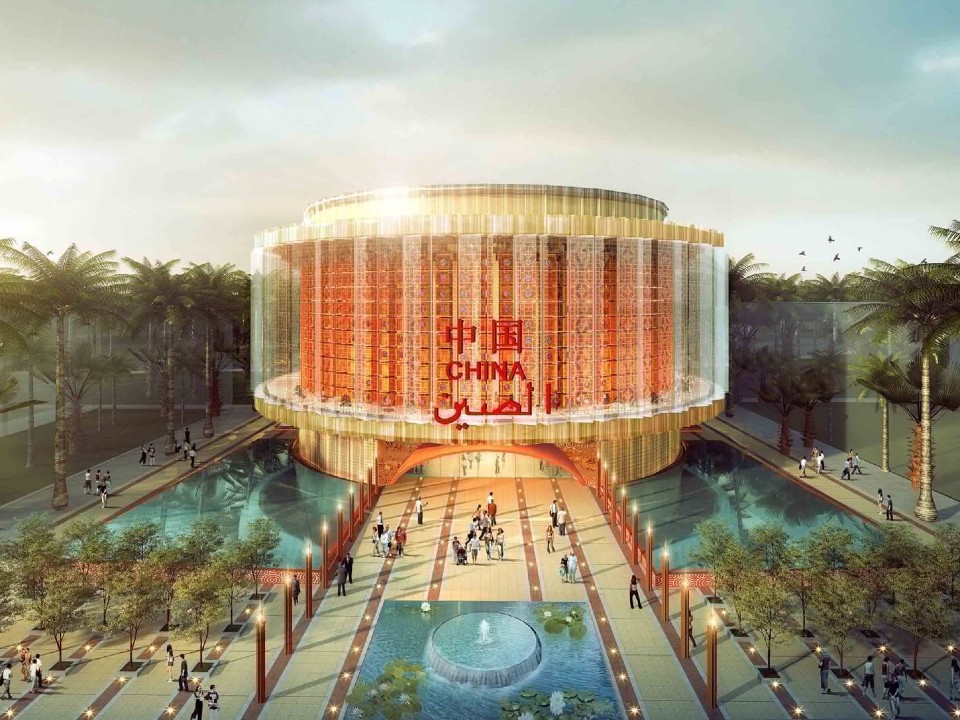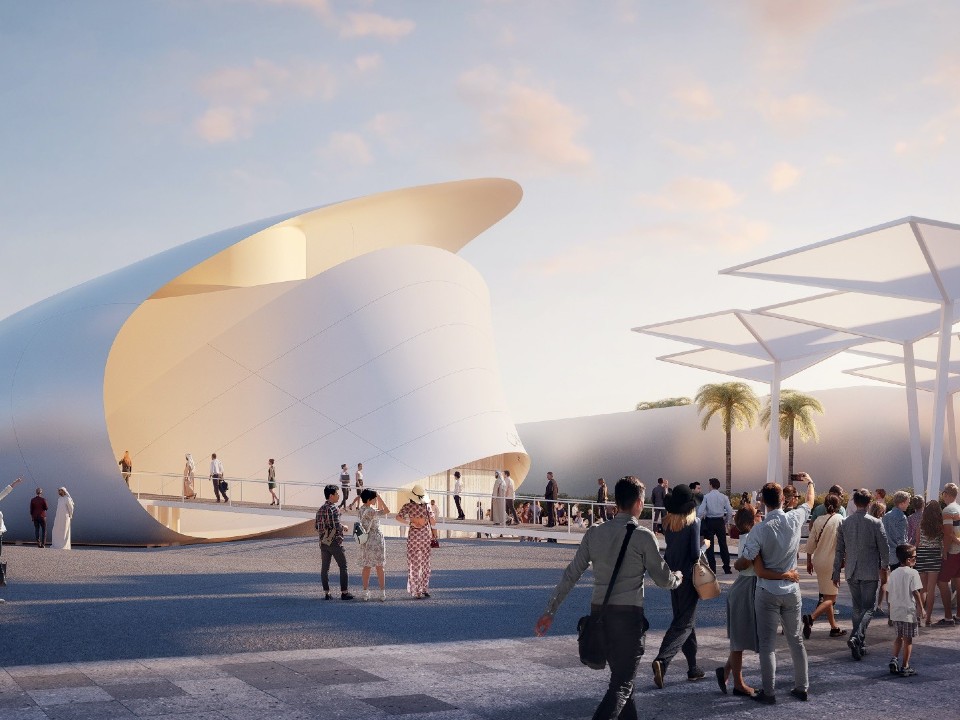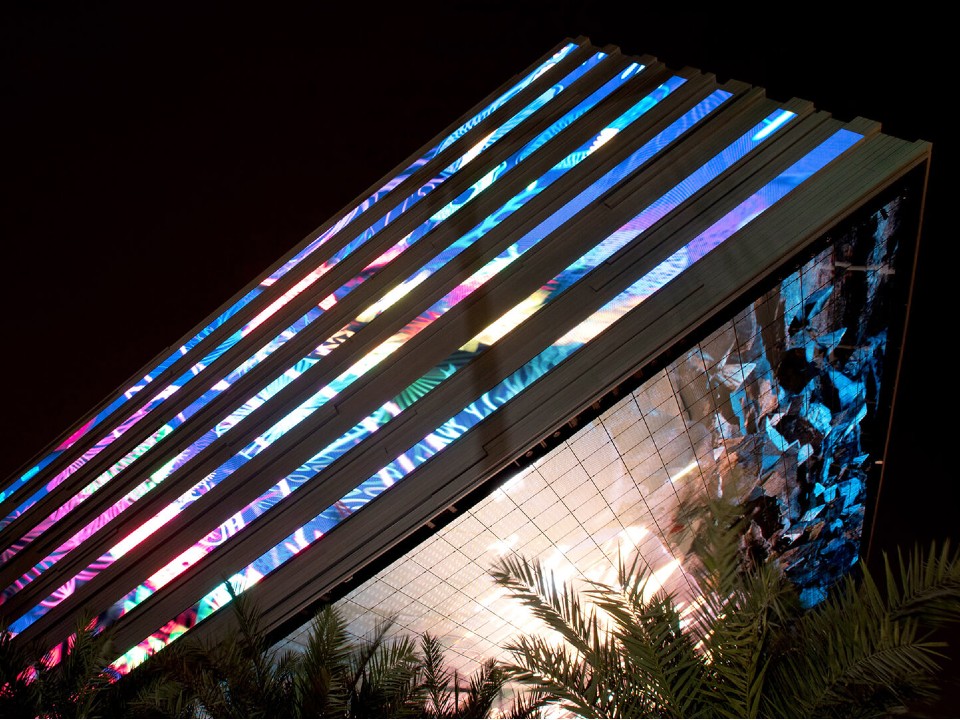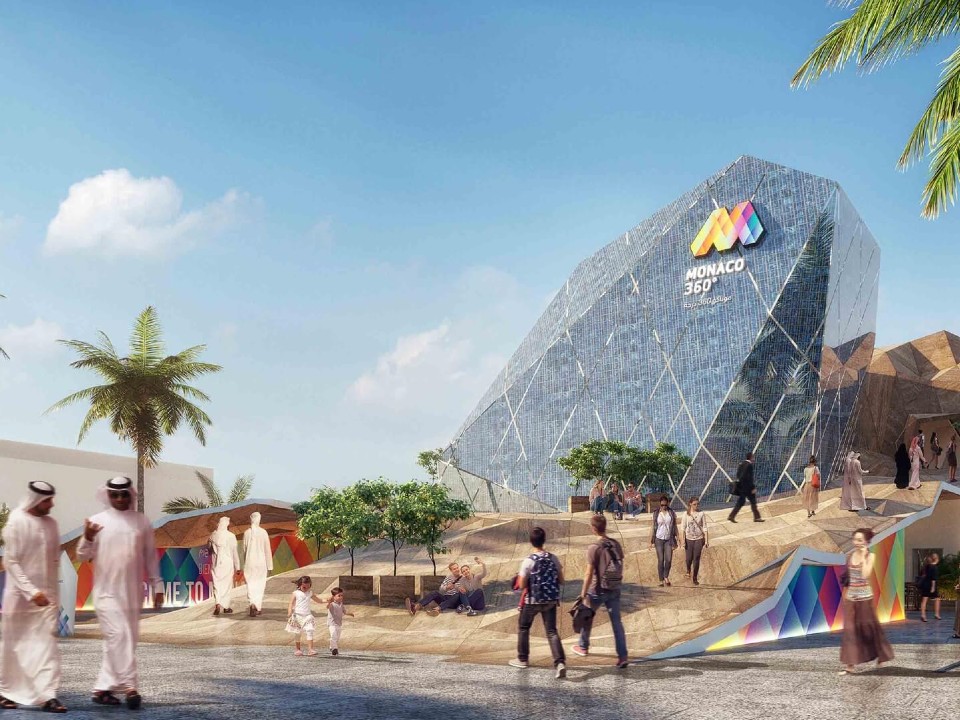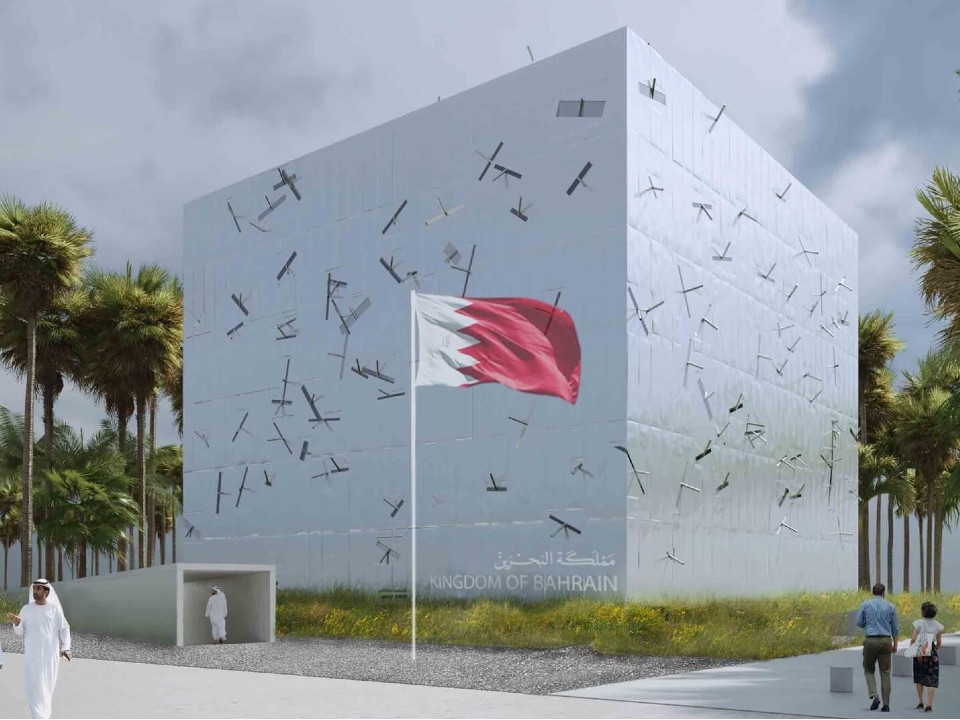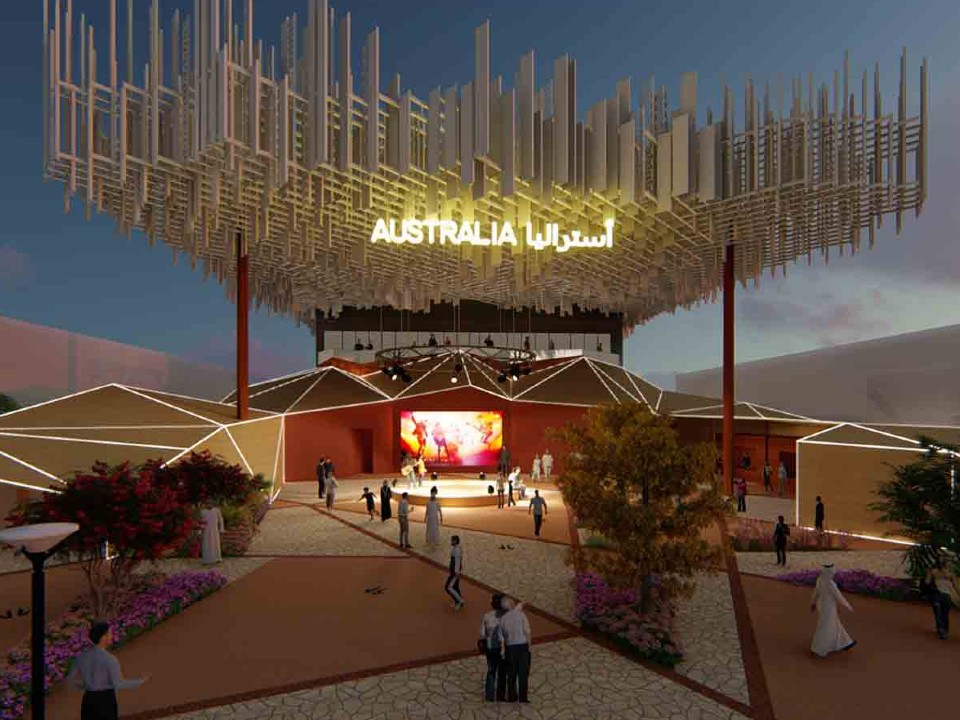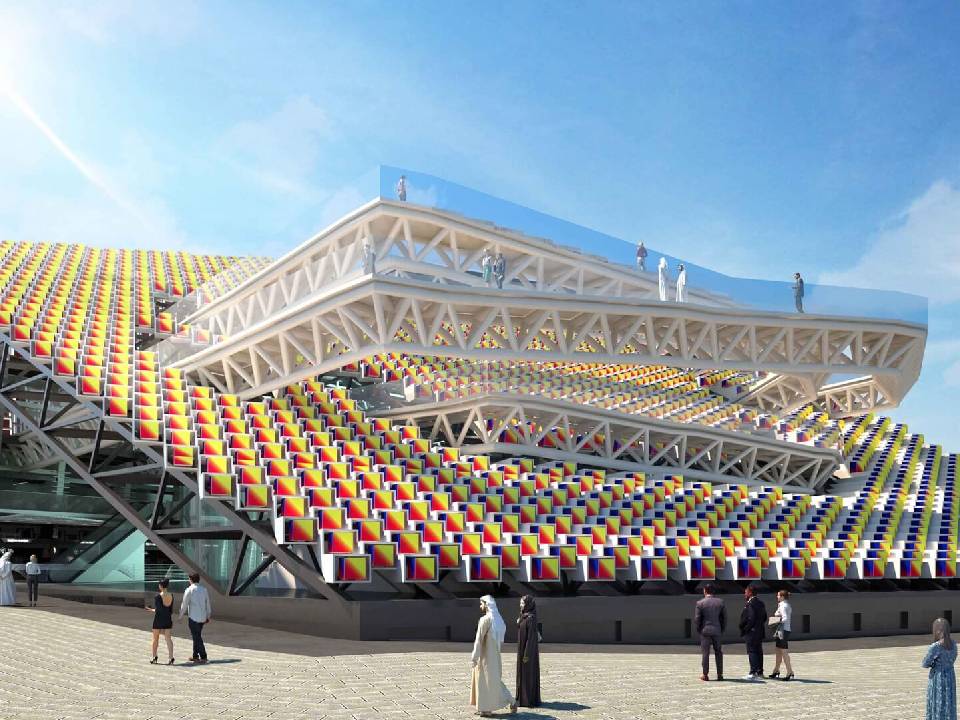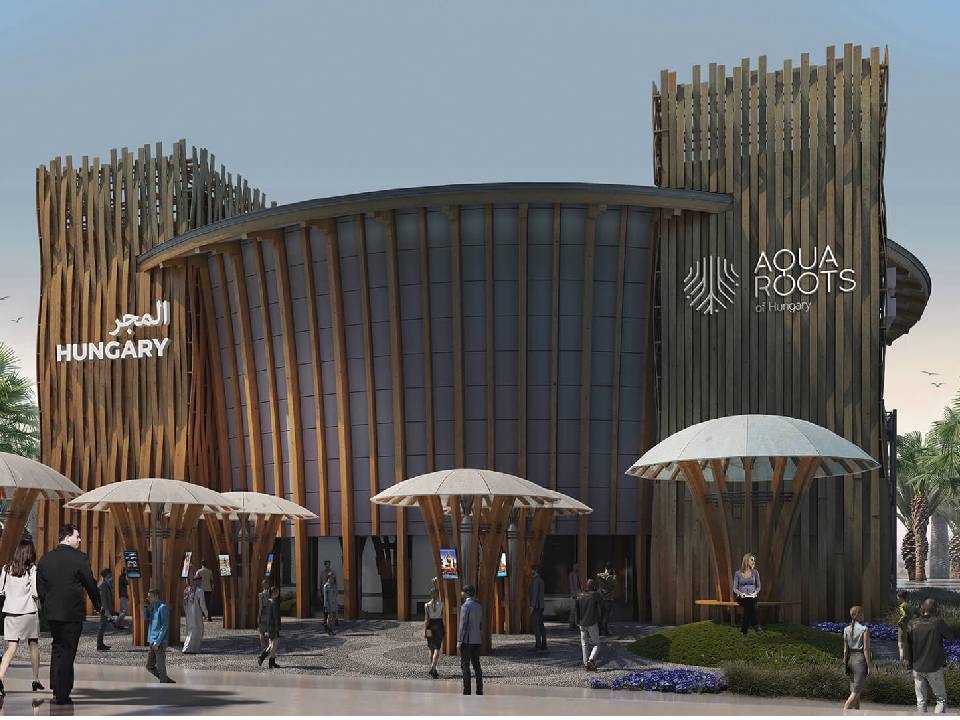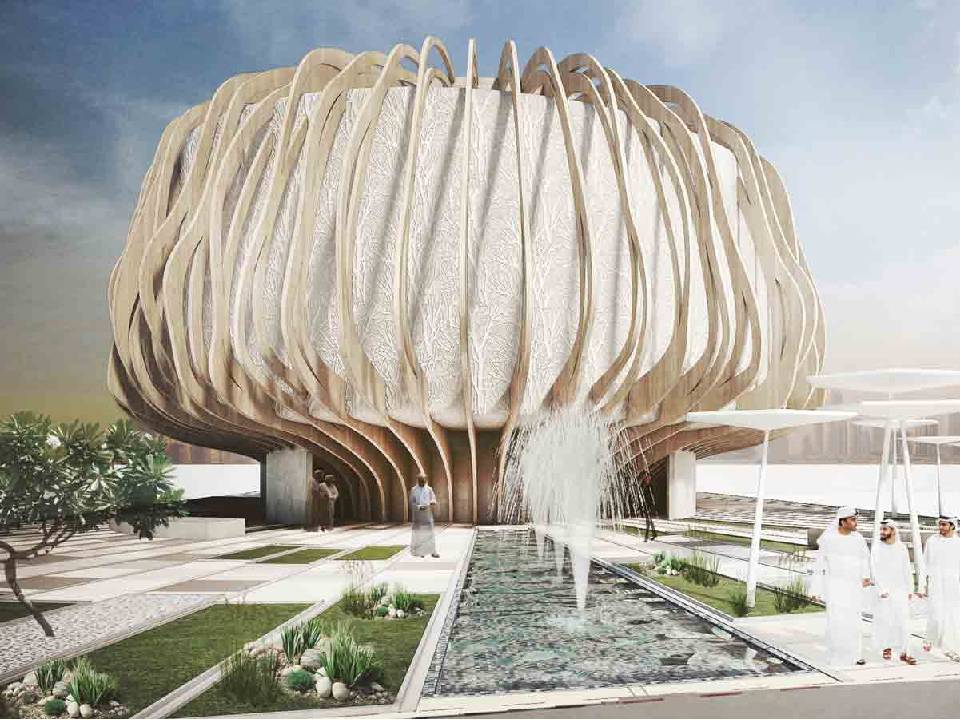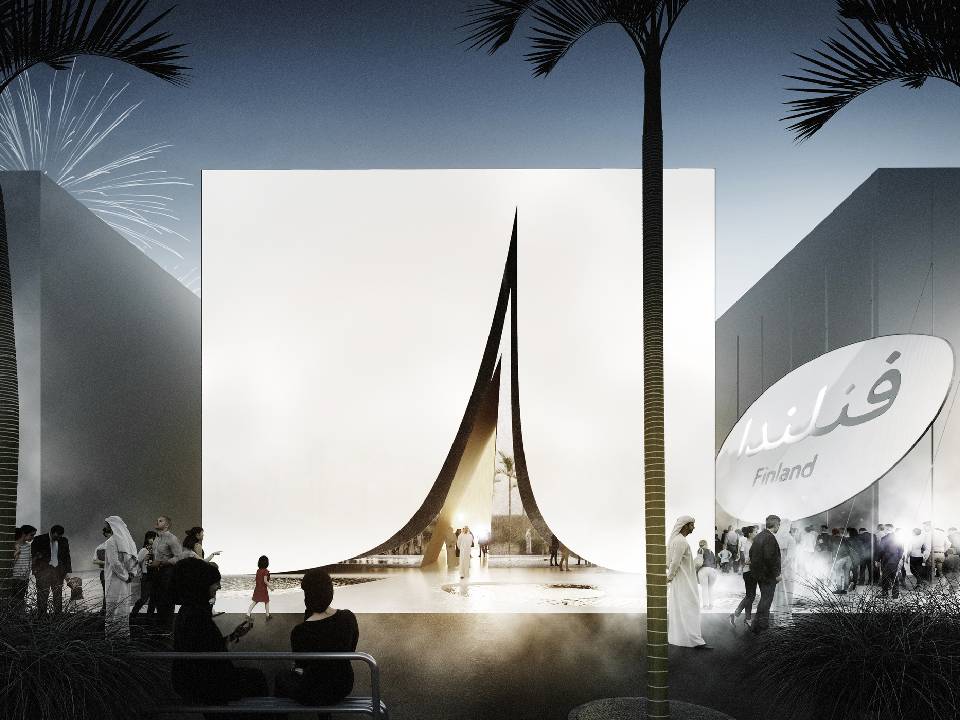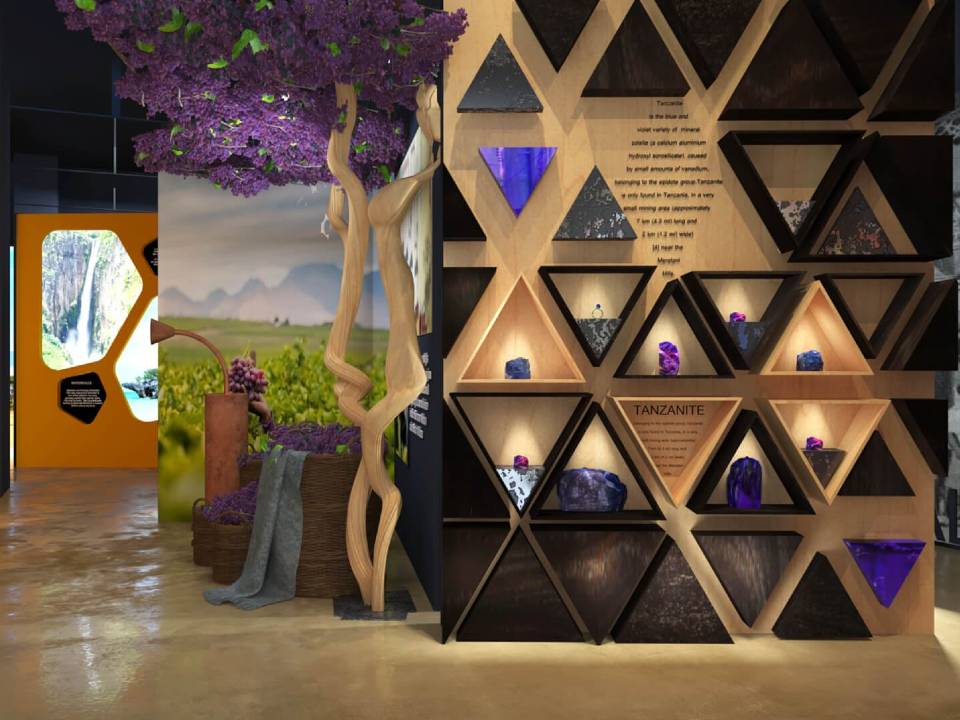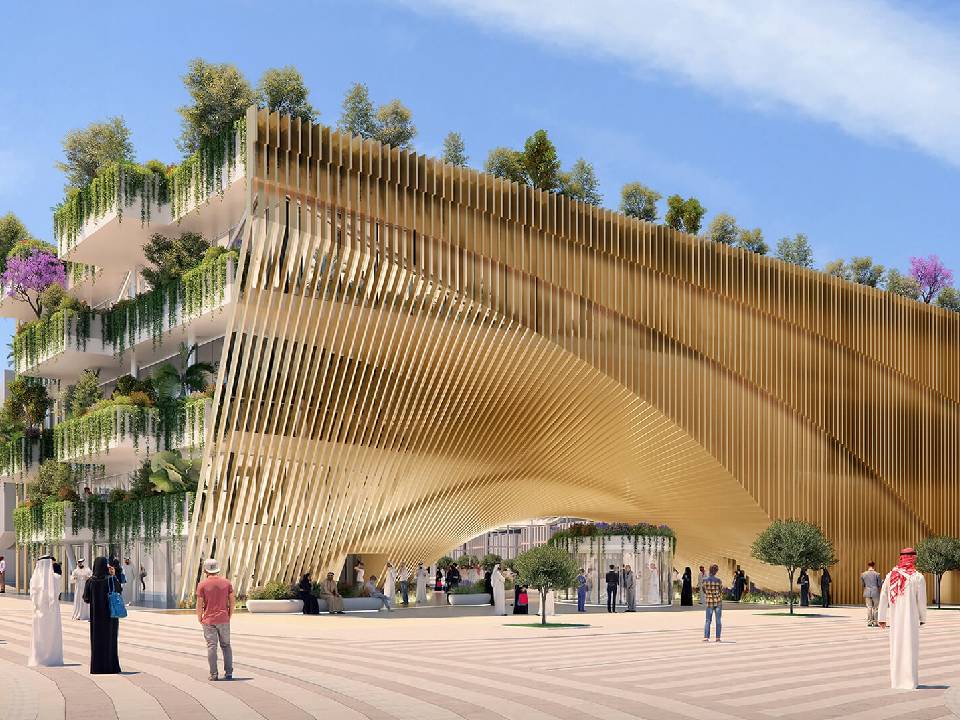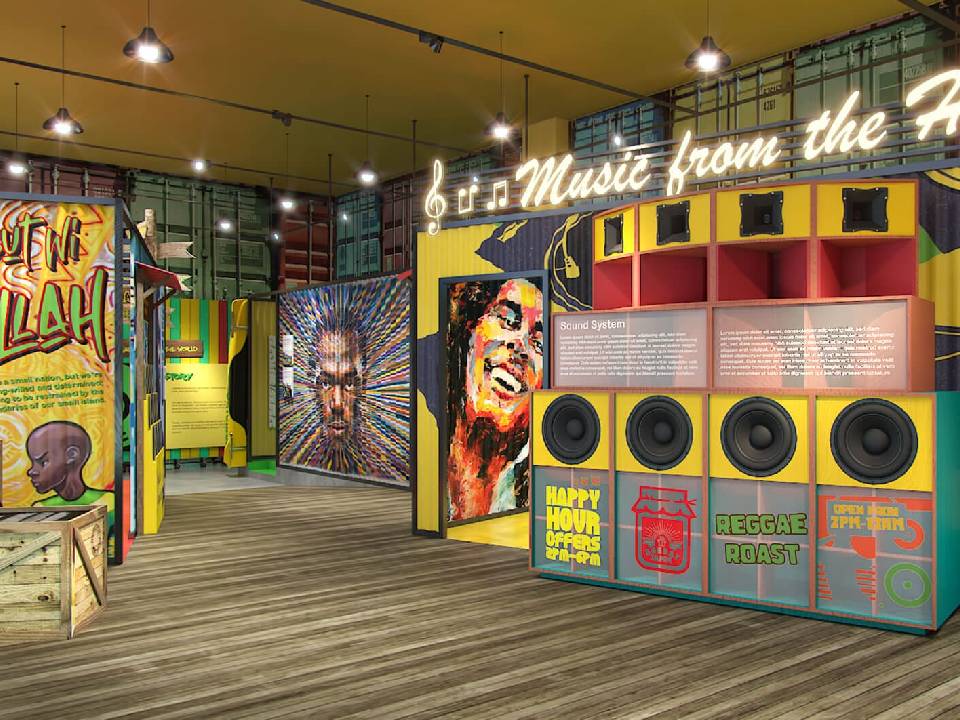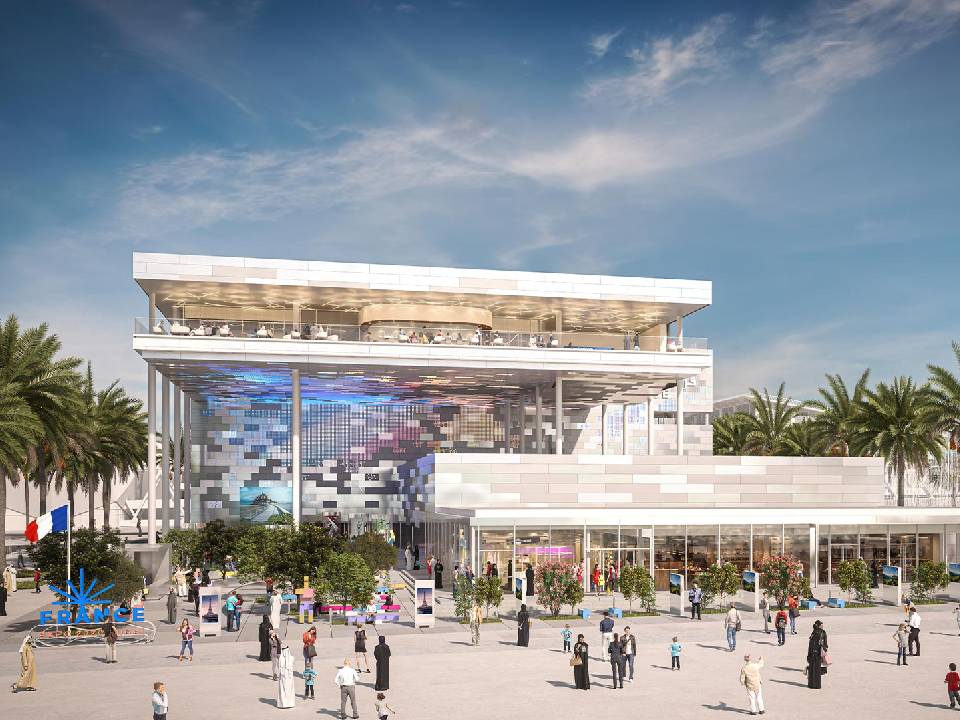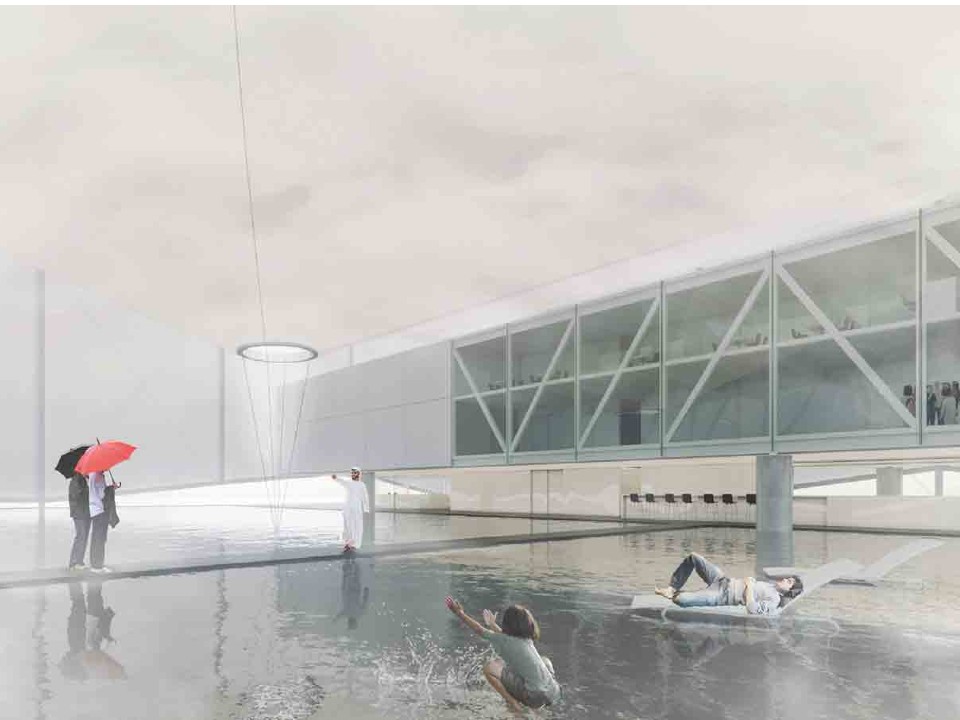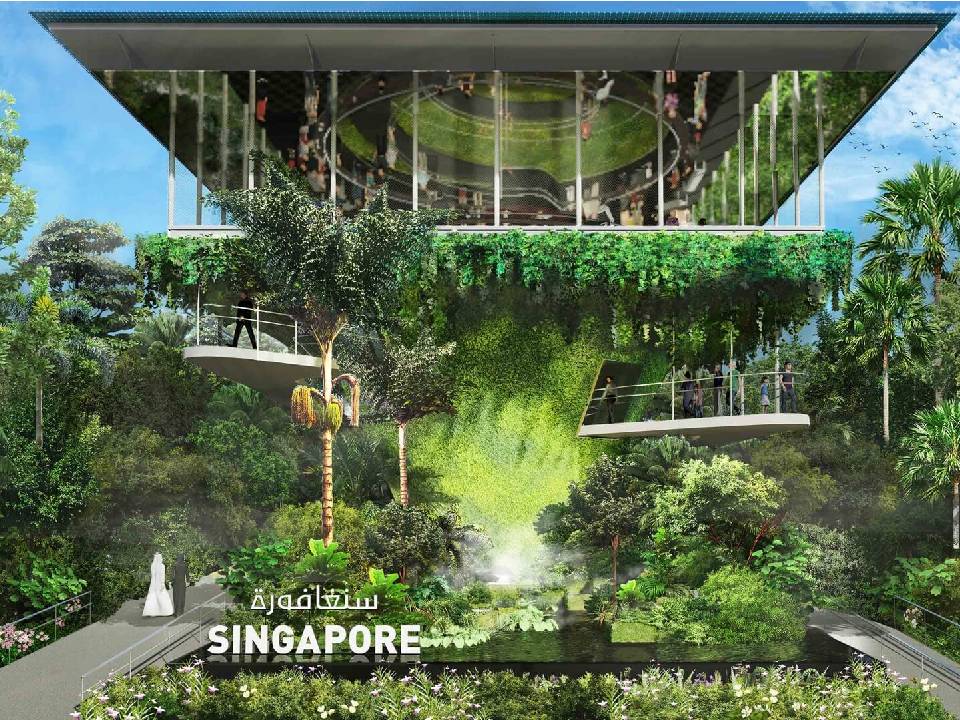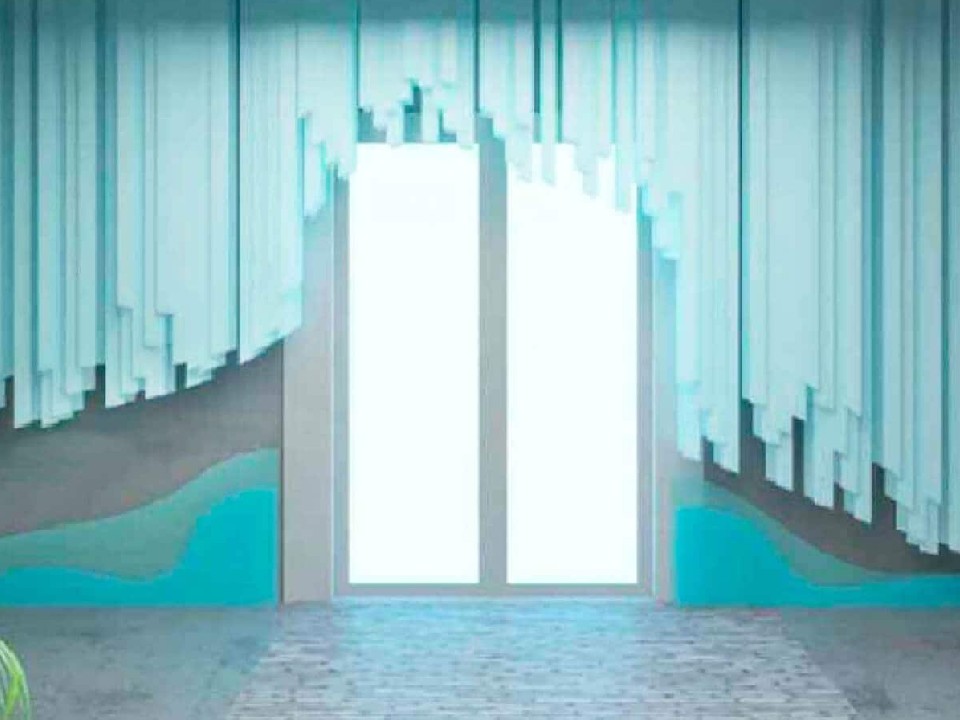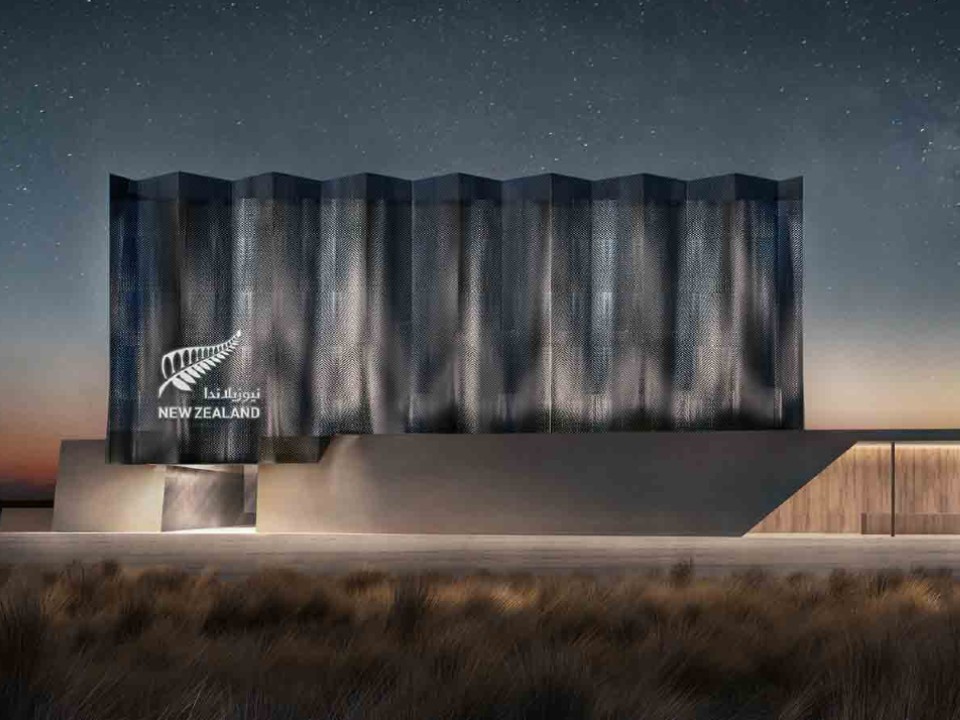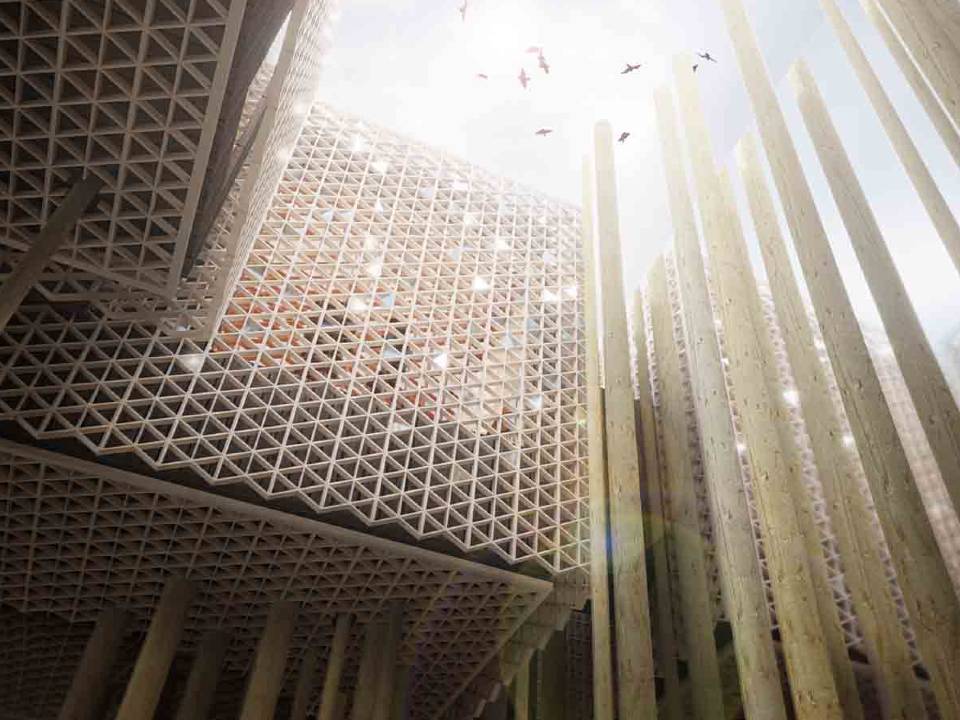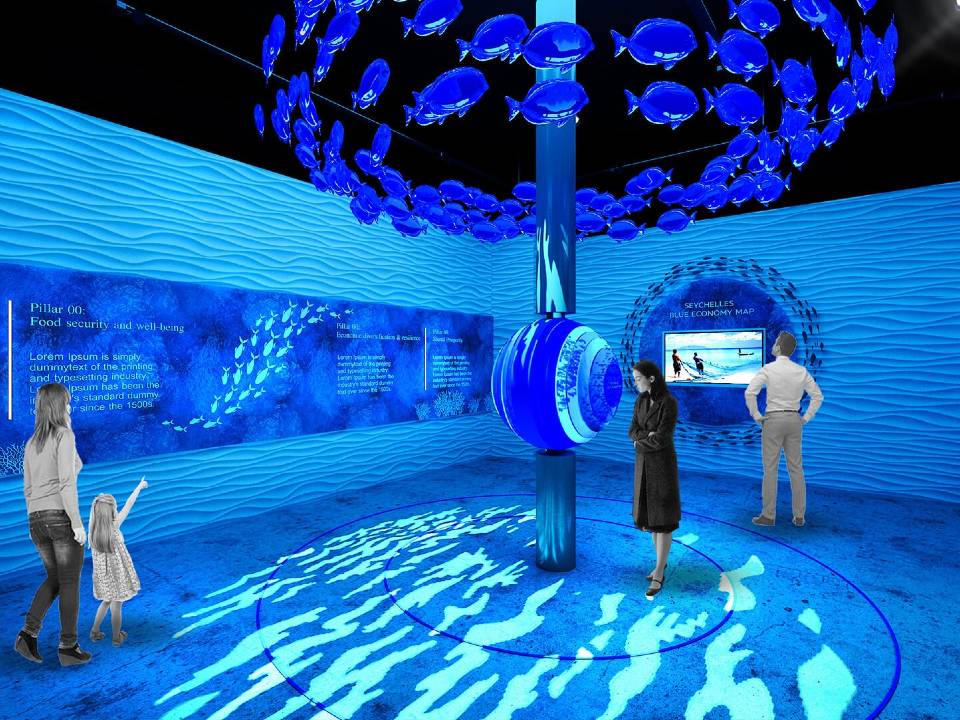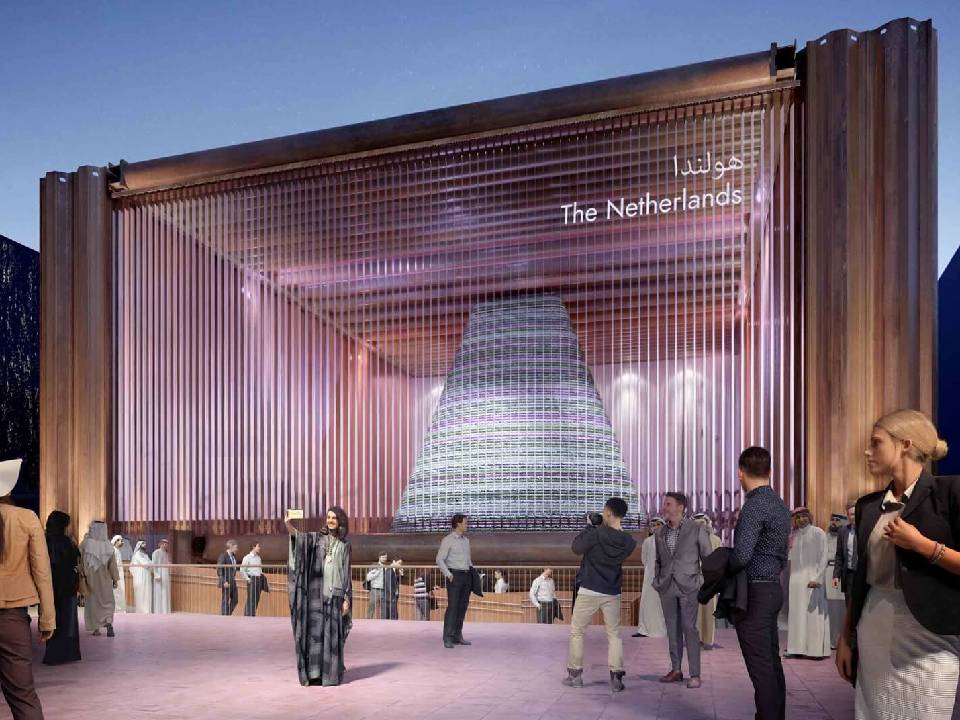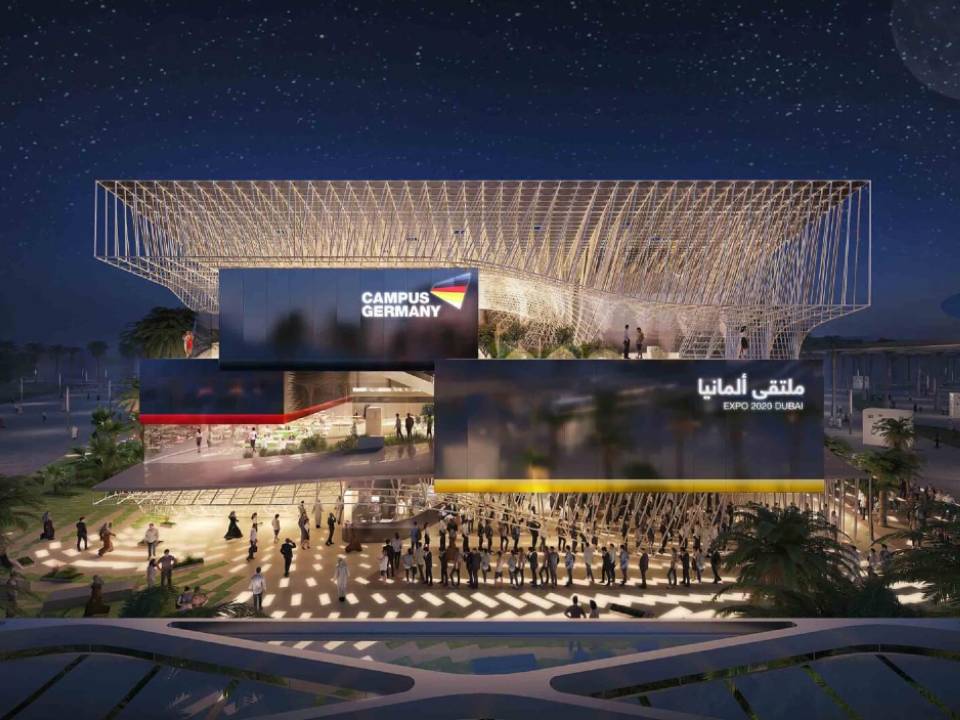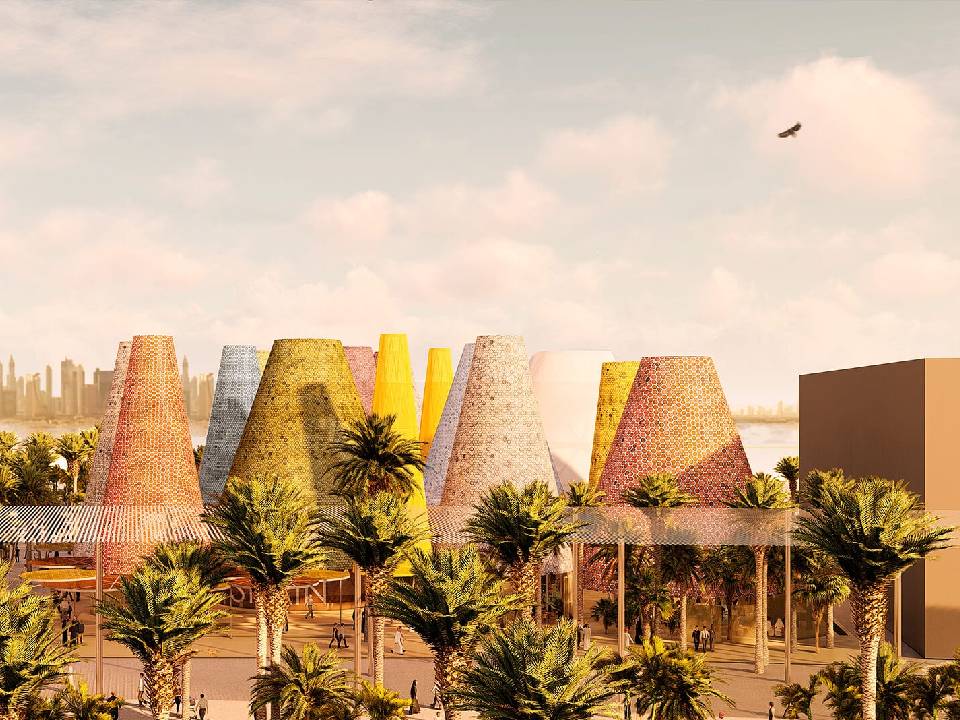Schedule Risk Modelling & Analysis Contents :
1. Objectives
2. A brief to Schedule Risk Analysis
3. Risk Analysis Software
4. Influential Factors and
Project Specifics
5. The Three Levels of
Risk Assessment
6. Project Risk Factors Checklist
7. Minimum Conditions of Satisfaction
8. Schedule Risk Modeling (Case Study)
9. Common Challenges to Effective Risk Analysis
1. Objectives
Assess the potential variability in project duration resulting from identified project risks
Assess how risks and opportunities may influence the project schedule
Understand which paths in the schedule have the highest probability of impacting the schedule completion or key milestones
•Understand which risks have the most impact on overall schedule variability
You may have said to yourself something like:-
• “If it goes well,we will have that foundation completed in 10 days, but there is a chance the ground could be rocky and it may even take 20 days, but that is really the worst-case and is unlikely. So my best guess is 13 days”
• So in your project schedule you enter13 days against the task "Foundation". The other information (i.e. the best case estimate of 10 days and worst-case estimate of 20 days) are not entered into the project at all
• By entering only the most likely duration a lot of additional information that would be of great benefit in producing a much more realistic plan is lost
Using risk analysis allows you to easily enter extra information about the uncertainty of the duration of your tasks.
This extra information can be used to produce more accurate and realistic schedules. It can also help you manage your project more effectively by answering questions such as:
• What is the chance of finishing the project on time?
• What date can I be 90% confident of finishing by?
• What tasks are most likely to cause project delay?
Primavera Risk Analysis uses advanced Monte Carlo-based cost and schedule analytics to provide full-lifecycle risk management through risk models: estimate uncertainty, probabilistic branching, fixed-cost
uncertainty, variable-cost uncertainty, resource uncertainty and weather modeling.
Some major customers using Primavera Risk Analysis as part of the ongoing project management process:
• ExxonMobil, Petronas, ARAMCO, SABIC, TOTAL
• British Petroleum
• Shell, ONGC, Qatar Gas
• DoW Chemical
• BASF
• Santos
• Siemens,
• Worley Parsons
• Fluor, Saipem
• Technip, Techinicas Reuidas
• Bechtel, JCC, CCC
• Samsung, Hyundai, GE, SK, Doosan
• Etc….
Every project has its own unique risks that need to be managed
5. The Three Levels of Risk Assessment
Level 1: Risk Identification is the formal act of identifying risks and opportunities for a project. Typically, this includes the use of a risk checklist and/or the start of a project risk register
Level 2: Deterministic Risk Analysis is the act of analyzing risks through a single-point estimate of potential impacts. Typically, this involves a probability x impact matrix and a prioritized lists of risks
6. Project Risk Factors Checklist
Management Risks
• Stakeholder misalignment
• Unrealistic schedules
• Incorrect contract strategy
• Poor interface
• Inaccurate estimates
• Inexperienced team
• Under staffing
• Owner interference
• Over staffing
• Decision delay
• Language barriers
• Poor scope definition
• Poor contract terms
• Not enough bidders
• Poor pre-qualification
• Major bid deviations
• Incorrect selection criteria
• Late contractor selection
• Wrong contractor or subcontractor
• Poor change management
• Design liabilities
• Guarantees, Performance, Acceptance
• Force majeure
• Late payment
• Intellectual property rights
• Bankruptcy
Environmental Risks
• Severe weather conditions (summer, rainy season)
• Land contamination
• Poor environmental
control/management (emissions, discharges and wastes)
Design Risks
• Poor design (FEED)
• Design modification
• Change orders
• Decision delay
• Understaffing
• Late review/approval
• Poor constructability
• Poor document/data management
• Poor interface (vendor, contractors)
• New technology
• Unnecessary innovation
• Unpractical or difficult standards and specifications
Procurement Risks
• Not enough bidders
• Late deliveries of LLIs
• Poor inspection/QA/QC
• Poor material quality
• Change orders
• Wrong vendor/supplier
• Damaged goods
• Bankruptcy
• Late custom clearance
• Export restrictions
• Vendor representative issues
• Poor material/equipment preservation
Construction Risks
• Access limitation
• Transport and logistics limitation
• Late construction permit
• Wrong construction method
• Poor productivity
• Cultural & language barrier
• Poor labor supervision
• Commissioning procedures late, incorrect or not followed
• System not completed or ready for testing
• Inexperienced personnel during first fills or first runs
• Late involvement of Client operation team
• Vendor representative issues
• Guarantees, Performance,Acceptance
7. Minimum Conditions of Satisfaction
There are certain conditions required before starting the Schedule
Risk Analysis: Scope of work, execution plan, cost estimate, and schedule consistent with each other
A quality schedule : that includes activities for all project scope; has realistic durations for activities; has logic links that reflect the sequence of work and the dependencies between activities, and realistic critical and near-critical paths
Logic Tie Considerations
• How duration variability in B any sequence passes from one activity to another depends on the logic ties that are used to connect these two activities.
• The types of logic ties used in the schedule risk model will have a significant impact on the results of the risk model in a Monte Carlo simulation
• The triangles included in the figures represent the duration variability of the activity
8. Schedule Risk Modeling (Case Study)
• What is the project context?
• What is the chance of finishing the project on time?
• What chance do we have of finishing the project in Q4 2021?
• What date can be P50 Scheduling and Pertmaster for risk analysis or most likely scenario?
• What date can be P90 Scheduling and Pertmaster for risk analysis or worst-case scenario?
• What tasks are most likely to cause project delay?
• What are the major risks delaying the project?
• What will be the finish date after risk mitigations?
9. Common Challenges to Effective Risk Analysis
• Dangers of double-counting risks
• Danger of missing important risks
• Danger of ignoring secondary risks
• Danger of using deficient schedule
• Disconnection between risk rating scales and project objectives
• Inclusion or not of rare (catastrophic) events
• Too many different risk assessments are performed across the organization
• The amount of information and data gathered is difficult to interpret and use.
• Etc….
4. Influential Factors and Project Specifics
5. The Three Levels of Risk Assessment
Level 1: Risk Identification is the formal act of identifying risks and opportunities for a project. Typically, this includes the use of a risk checklist and/or the start of a project risk register
Level 2: Deterministic Risk Analysis is the act of analyzing risks through a single-point estimate of potential impacts. Typically, this involves a probability x impact matrix and a prioritized lists of risks
Level 3: Probabilistic Risk Analysis is the act of analyzing risk through probability distribution estimates of potential impact, known as Monte Carlo simulations. Typically, this approach involves the determination of the probability of meeting project targets
6. Project Risk Factors Checklist
Management Risks
• Stakeholder misalignment
• Unrealistic schedules
• Incorrect contract strategy
• Poor interface
• Inaccurate estimates
• Inexperienced team
• Under staffing
• Owner interference
• Over staffing
• Decision delay
• Language barriers
Political Risks
• Civil unrest
• Resettlement
• Inflation
• Sanctions
• Terrorism
• Political change
• Regulatory changes
• Local communities
• Health impacts
• Transparency
• Foreign exchange Contract Risks
• Civil unrest
• Resettlement
• Inflation
• Sanctions
• Terrorism
• Political change
• Regulatory changes
• Local communities
• Health impacts
• Transparency
• Foreign exchange Contract Risks
• Poor scope definition
• Poor contract terms
• Not enough bidders
• Poor pre-qualification
• Major bid deviations
• Incorrect selection criteria
• Late contractor selection
• Wrong contractor or subcontractor
• Poor change management
• Design liabilities
• Guarantees, Performance, Acceptance
• Force majeure
• Late payment
• Intellectual property rights
• Bankruptcy
Environmental Risks
• Severe weather conditions (summer, rainy season)
• Land contamination
• Poor environmental
control/management (emissions, discharges and wastes)
Design Risks
• Poor design (FEED)
• Design modification
• Change orders
• Decision delay
• Understaffing
• Late review/approval
• Poor constructability
• Poor document/data management
• Poor interface (vendor, contractors)
• New technology
• Unnecessary innovation
• Unpractical or difficult standards and specifications
Procurement Risks
• Not enough bidders
• Late deliveries of LLIs
• Poor inspection/QA/QC
• Poor material quality
• Change orders
• Wrong vendor/supplier
• Damaged goods
• Bankruptcy
• Late custom clearance
• Export restrictions
• Vendor representative issues
• Poor material/equipment preservation
Construction Risks
• Access limitation
• Transport and logistics limitation
• Late construction permit
• Wrong construction method
• Poor productivity
• Cultural & language barrier
• Poor labor supervision
• Understaffing
• Shortage of skilled labor
• Overstaffing
• Late engineering
• Incomplete drawings
• Poor interface (drilling)
• Poor planning
• Construction equipment and tools availability
• Construction equipment breakdowns
• Special transport equipment availability
• Late mobilization and site establishment
• Temporary accommodation, laydown, storage limitation
• Fabrication yards/shops availability
• Unforeseen ground conditions
• Incorrect sub-contract strategy
• Overcrowded work area
• SimOps
• Work on non-critical tasks
• Poor working conditions
• Shortage of skilled labor
• Overstaffing
• Late engineering
• Incomplete drawings
• Poor interface (drilling)
• Poor planning
• Construction equipment and tools availability
• Construction equipment breakdowns
• Special transport equipment availability
• Late mobilization and site establishment
• Temporary accommodation, laydown, storage limitation
• Fabrication yards/shops availability
• Unforeseen ground conditions
• Incorrect sub-contract strategy
• Overcrowded work area
• SimOps
• Work on non-critical tasks
• Poor working conditions
Commissioning risks
• Commissioning procedures late, incorrect or not followed
• System not completed or ready for testing
• Inexperienced personnel during first fills or first runs
• Late involvement of Client operation team
• Vendor representative issues
• Guarantees, Performance,Acceptance
7. Minimum Conditions of Satisfaction
There are certain conditions required before starting the Schedule
Risk Analysis: Scope of work, execution plan, cost estimate, and schedule consistent with each other
A quality schedule : that includes activities for all project scope; has realistic durations for activities; has logic links that reflect the sequence of work and the dependencies between activities, and realistic critical and near-critical paths
A team-approved schedule : A risk register with a comprehensive list of all identified project-specific risks, an understanding of the likely impact of each of those risks, and risk response actions for each risk
Logic Tie Considerations
• How duration variability in B any sequence passes from one activity to another depends on the logic ties that are used to connect these two activities.
• The types of logic ties used in the schedule risk model will have a significant impact on the results of the risk model in a Monte Carlo simulation
• The triangles included in the figures represent the duration variability of the activity
8. Schedule Risk Modeling (Case Study)
• What is the project context?
• What is the chance of finishing the project on time?
• What chance do we have of finishing the project in Q4 2021?
• What date can be P50 Scheduling and Pertmaster for risk analysis or most likely scenario?
• What date can be P90 Scheduling and Pertmaster for risk analysis or worst-case scenario?
• What tasks are most likely to cause project delay?
• What are the major risks delaying the project?
• What will be the finish date after risk mitigations?
9. Common Challenges to Effective Risk Analysis
• Dangers of double-counting risks
• Danger of missing important risks
• Danger of ignoring secondary risks
• Danger of using deficient schedule
• Disconnection between risk rating scales and project objectives
• Inclusion or not of rare (catastrophic) events
• Too many different risk assessments are performed across the organization
• The amount of information and data gathered is difficult to interpret and use.

